Sitting right in the middle of the Pacific Ocean, the most isolated chain of islands in the world receives nearly 10 million annual visitors. Adventure seekers, newlyweds, honeymooners, and families descend upon Hawaii for a little slice of paradise. And they come from all over the world.
Unbeknownst to many, Hawaii can be a bit dangerous. There are no bands of marauders or ne’er do wells. The locals of Hawaii live Aloha, and you won’t find a more friendly culture on planet earth. Instead, the danger comes from mother nature herself. That pristine landscape can be perilous.
On average, one tourist dies per week on the Hawaiian islands. That may sound alarming, but remember that 10 million people visit Hawaii every year. That puts your chances of a fatal accident at just 0.00052%. You’re more likely to get hit by lightning than to find yourself in a life-threatening situation in Hawaii.
And none of this should dissuade you from an unforgettable trip to this remote tropical paradise. All you need to do is take a few precautions to better those odds, and you’ll be just fine. Here’s what we recommend.
Hiking: Day Light
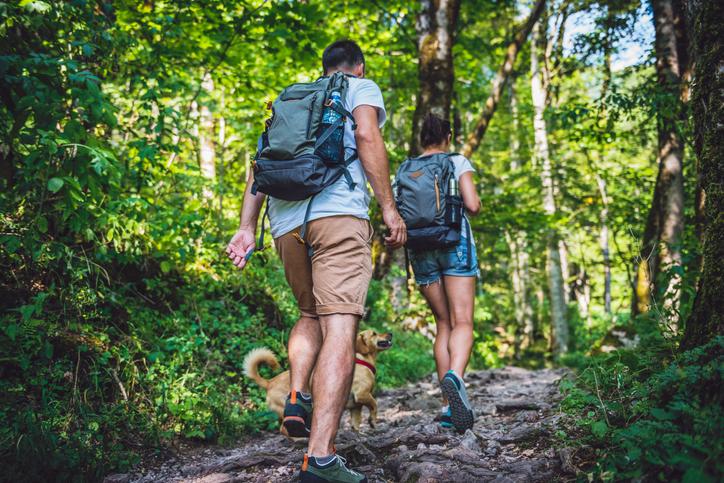 It’s incredibly important to consider daylight when you venture out for a hike. Each Hawaiian hike has an estimated time, and you need to take this estimation seriously even though they tend to be on the cautious/slow side. And you can look up the sunset time on the internet. Give yourself at least an hour of buffer time.
It’s incredibly important to consider daylight when you venture out for a hike. Each Hawaiian hike has an estimated time, and you need to take this estimation seriously even though they tend to be on the cautious/slow side. And you can look up the sunset time on the internet. Give yourself at least an hour of buffer time.
So, if you’re going on a four-hour hike and the sun sets at 8:00 p.m., you should venture out at 3:00 p.m. at the latest. Being caught on a trail after dark can be dangerous as many of Hawaii’s hikes will take you dangerously close to cliff edges and steep hills. And many tourists find themselves unexpectedly spending the night on a trail when stranded in the dark. Avoid the embarrassment, give yourself plenty of time and always carry some sort of light source such as a cell phone with a full battery.
Hiking: Red Dirt
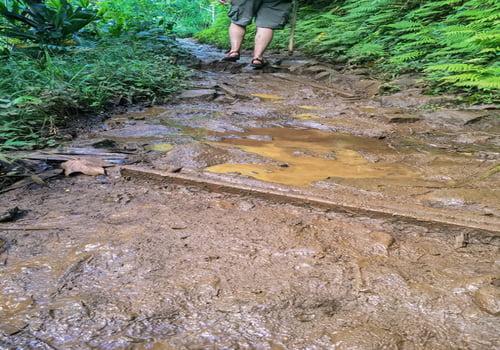 Hawaii is famous for its red dirt. It’s beautiful as it serves as a stark red contrast to Hawaii’s verdant green flora. But it’s also dangerous because it can become as slippery as lake ice in the right conditions.
Hawaii is famous for its red dirt. It’s beautiful as it serves as a stark red contrast to Hawaii’s verdant green flora. But it’s also dangerous because it can become as slippery as lake ice in the right conditions.
Red dirt becomes incredibly slick when wet, and the dirt itself doesn’t appear to be wet to the naked eye. You may see some puddles mucking up the dirt, but don’t count on it. Usually, there are no visible signs of red dirt wetness.
The dirt becomes increasingly slippery when compacted. This means that popular trails with a lot of foot traffic may be extremely slippery because the dirt is wet and compacted. These conditions are ripe for major falls.
Red dirt will almost surely stain your footwear, as well, but that shouldn’t stop you from wearing sturdy shoes. And you shouldn’t try to avoid mucky red dirt, either. The dirt around the puddle is usually very slippery, so you increase your chances of slipping into the puddle when trying to dance around it.
Embrace the rugged nature of Hawaii, walk right through any mucky puddles and wear shoes that you don’t mind sacrificing to the tropical beauty of Hawaii. If you encounter red dirt on an incline, make sure to use rocks and roots for a good foothold. And never trust red dirt near a cliff edge.
Alternatively, you can purchase a pair of Tabis. These Hawaii-made shoes have a steel wool-like bottom for gripping river rocks and red dirt. These inexpensive shoes are a great investment for those looking to hike and stay safe on Hawaii’s trails.
Hiking: The Death Fern
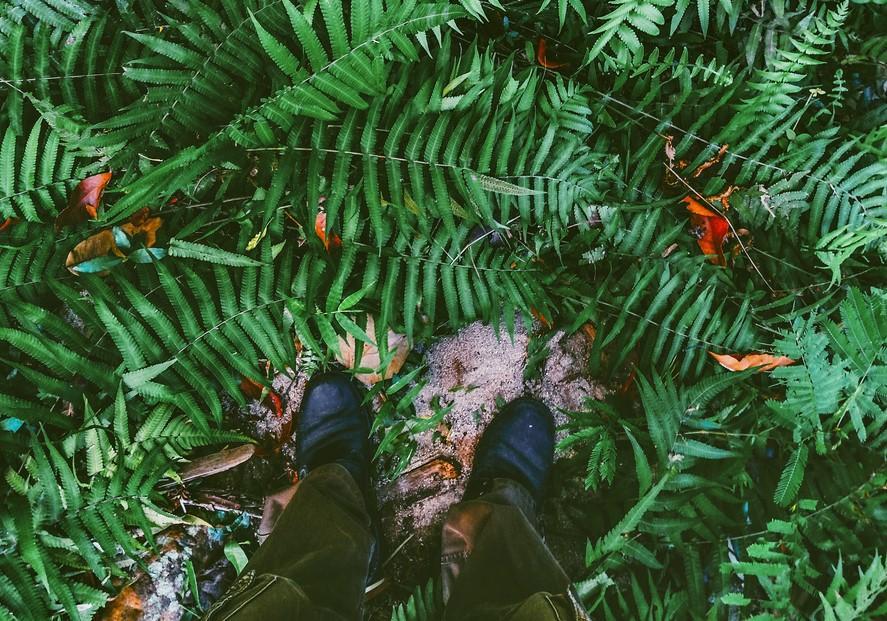 Many of Hawaii’s best hikes take you to dizzying heights, but you’ll have to be extra careful on any cliff edges. Something called the death fern may be lurking. This plant, which looks like a short bush, grows up the sides of cliffs to towering heights. Don’t make the mistake of stepping on or near this plant thinking that the ground is just underneath its leaves when the roots of the plant maybe 30 feet below.
Many of Hawaii’s best hikes take you to dizzying heights, but you’ll have to be extra careful on any cliff edges. Something called the death fern may be lurking. This plant, which looks like a short bush, grows up the sides of cliffs to towering heights. Don’t make the mistake of stepping on or near this plant thinking that the ground is just underneath its leaves when the roots of the plant maybe 30 feet below.
It’s easy to avoid this confounding plant. Simply step on firm ground and don’t trust the shrubs around you. They may be trying to fool you.
Hiking: Vines and Rock Holds
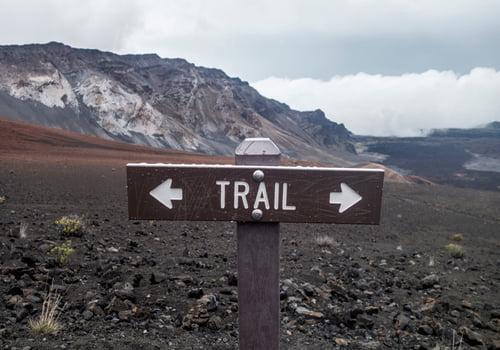 Hiking on the mainland is different than hiking in Hawaii. Trails on the mainland are usually made up of sturdy granite. Hawaiian trails are volcanic in nature, and they are made up of much less sturdy basalt. That means you should never trust a handhold in the rock while you’re hiking. The brittle basalt may give way which will cause you to fall to the ground.
Hiking on the mainland is different than hiking in Hawaii. Trails on the mainland are usually made up of sturdy granite. Hawaiian trails are volcanic in nature, and they are made up of much less sturdy basalt. That means you should never trust a handhold in the rock while you’re hiking. The brittle basalt may give way which will cause you to fall to the ground.
The same warning goes for any vegetation, including vines and trees, that are hanging out of a cliffside. Do not rely on these plants to support your weight. The loose basalt may give way which will release the plant and cause you to fall. Only trust your feet on sturdy ground.
Hiking: Never Alone
Many tourists set out on Hawaiian trails alone. This is a mistake. You need a partner in case one of you gets hurt on the trail. The other will need to hike out to find help. Hiking alone eliminates this option, and could put you in serious jeopardy should you have an immobilizing injury.
Hiking: Getting Lost
 Hikers love Hawaii, most of Hawaii’s trails are well signposted and it is difficult to get lost. But, if you do get lost, it is important to heed these precautions from the US Forest Service.
Hikers love Hawaii, most of Hawaii’s trails are well signposted and it is difficult to get lost. But, if you do get lost, it is important to heed these precautions from the US Forest Service.
Take pre-hike precautions. Tell someone your plans: where you’re going, how long you plan on being gone and the car you’re driving. This may end up saving your life. The person you’ve told will be able to contact authorities should you be gone longer than expected, and a rescue team can be dispatched to the proper area.
You should also bring plenty of water and food on your hike to prepare for the worst-case scenario. If you get lost, then you may be spending the night in the wilderness.
Stop hiking as soon as you recognize that you’re lost. Stay put, breath and calm down. You’ll need to make rational decisions from here on out. Hunker down with your hiking partners to mentally retrace your steps. Ask if there are any landmarks to go by, and review everyone’s digital pictures. The pictures may give you clues and landmarks to navigate yourself back to safety.
Carefully look around you. If you’re on a well-worn trail then stay on the trail. Each trail will get you back to safety, but you may need to hike in the right direction and take some turns at trail intersections. This is a good time to gather your sense of direction. The sun rises in the east and sets in the west, so, if you don’t have a physical compass or a digital compass on your phone, you’ll need to navigate by these approximate directions.
You’ll then have to hatch a plan, but, if the sunset is coming soon, you should always sleep on it. You’ll have a calmer, clearer mind when the sun rises. You’ll also have a good sense of direction -- the sun rises in the east -- as well as plenty of light.
Hiking: Rental Car Safety
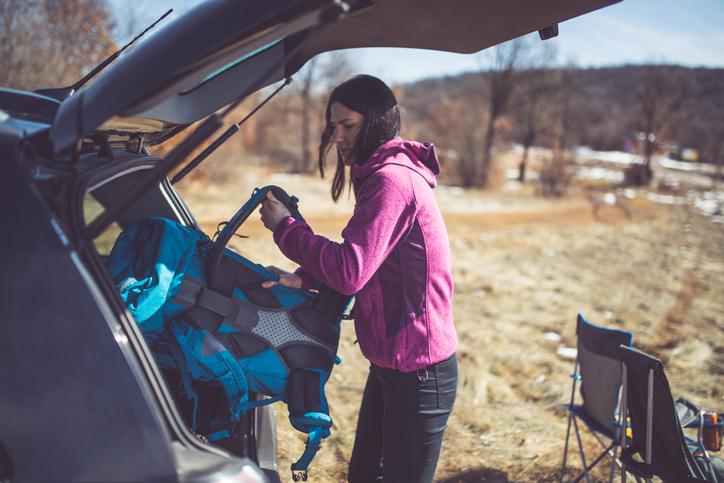 Hawaiian locals live Aloha. You’d be hard-pressed to find a friendlier group of people on planet earth. But there is a small portion of the population that believes Hawaii should never have become part of the United States, and these locals can be a bit abrasive to tourists.
Hawaiian locals live Aloha. You’d be hard-pressed to find a friendlier group of people on planet earth. But there is a small portion of the population that believes Hawaii should never have become part of the United States, and these locals can be a bit abrasive to tourists.
Hawaii is considered to be safer than most of the mainland, but some locals like to steal from tourists. They particularly like to prey upon rental cars that are parked at trailheads. These petty thieves know that you’ll be gone for a long time and that you’ve packed quite a bit for your Hawaiian vacation.
You can take some precautions to protect your rental car. First off, you should never leave anything of value in your car during a long hike. This includes the trunk. Secondly, you should let the would-be thieves know that you have nothing of value in the car. You can leave the doors unlocked, or you can roll the windows down completely if there’s no rain in the forecast (be forewarned, forecasts are not always correct). Otherwise, thieves may break your rental car’s window to see what you have inside.
If you really want to take that extra step, you can camouflage your rental car to make it look like a local’s car. Local petty thieves usually stay away from locally-owned vehicles. The easiest way to hide your rental is by adorning it with local bumper stickers. Of course, bumper stickers are hard to get off, so you may want to scotch tape the stickers to the back window. And a bumper sticker advertising the local surfboard companies hides your car best.
Staying safe from Theft
Although the islands have a low crime rate, a few precautions ensure that you do not become a victim. While out and about, keep your precious items in the room or hotel safe. Only take what you absolutely need with you. When at the beach, keep an eye on your personal items. If traveling and transporting valuable items put them in the trunk of your vehicle before arriving at the hotel. Resist the urge to carry large quantities of cash. Use credit cards and traveler's checks instead.
Sun Protection
 Do not disregard the sun warnings in Hawaii. The islands are much closer to the equator than the mainland, so the sun is much more powerful in the 50th state. You should do everything you can to limit your direct exposure to the sun for extended periods of time.
Do not disregard the sun warnings in Hawaii. The islands are much closer to the equator than the mainland, so the sun is much more powerful in the 50th state. You should do everything you can to limit your direct exposure to the sun for extended periods of time.
You can hide under the shade of trees at the beach, wear a hat on that hike or set up an umbrella on the sand. And you should apply sunscreen that is 30 SPF or stronger 30 minutes before sun exposure. Ideally, you apply the sunscreen in the shade. And you should re-apply sunscreen every 60 minutes (less if you are getting in the water).
Bring some powerful sunscreen. At a minimum, your sunscreen should be rated as an SPF30 (SPF50 would be better). Make sure it complies with Hawaii's new sunscreen law. The law doesn't go into effect until 2021, but you can show a little Aloha by getting out ahead of the regulation. Any sunscreen containing oxybenzone or octinoxate will be banned as of 2021 for their destructive effects on coral reefs. You can easily order up some non-coral-destroying sunscreen on the internet before heading out to Hawaii.
You should take these precautions even if it is cloudy out. The sun is so powerful in Hawaii that it can burn you through the cover of clouds.
Beach: Surf
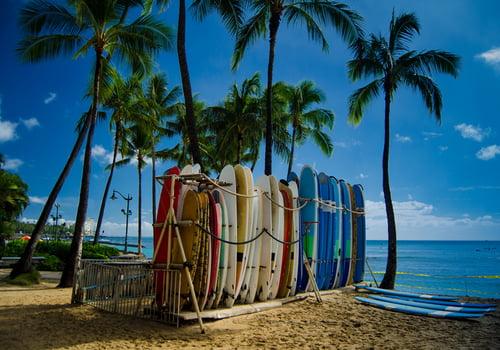 That sparkling blue water is alluring, but you should always check the ocean’s conditions before taking a swim. The Pacific, which translates to “friendly,” isn’t always so friendly. In fact, it can be downright deadly even if it doesn’t look that way.
That sparkling blue water is alluring, but you should always check the ocean’s conditions before taking a swim. The Pacific, which translates to “friendly,” isn’t always so friendly. In fact, it can be downright deadly even if it doesn’t look that way.
Side currents, rip currents, undertows and rogue waves can sweep you out to sea even in ankle-high water. And the ocean conditions get especially violent during the winter when the massive swells take over the islands.
You can check your favorite beach’s conditions online before heading down to the sand. For a safe swim, you want to avoid aswell and go during low tide. To be extra safe, you should only swim at beaches with on-duty lifeguards. And you can always ask the lifeguard where and when it is safe to swim.
And you should always heed the advice of Hawaiian surfers -- Never turn your back on the ocean, or you might find yourself being hit by a rogue wave. If you’re caught in unfriendly waters, stay calm and wave your hand high for help. A lifeguard will be on the way.
Beach: Sharks
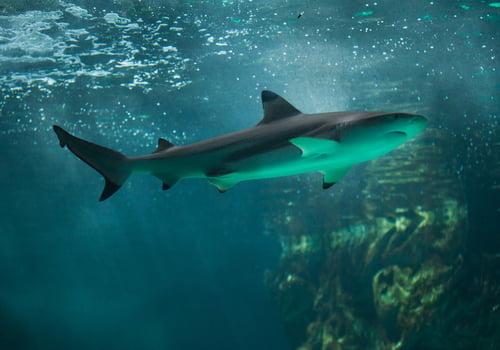 Shark bites are incredibly rare in the Hawaiian islands, but your chances of a shark encounter increase after heavy rain. The rain carries sediment out to the ocean to make the seawater dirty, and sharks like to congregate in this murky water. The sharks feed on freshwater fish that are being washed out into the ocean, and they nibble on saltwater fish confused in the murky water.
Shark bites are incredibly rare in the Hawaiian islands, but your chances of a shark encounter increase after heavy rain. The rain carries sediment out to the ocean to make the seawater dirty, and sharks like to congregate in this murky water. The sharks feed on freshwater fish that are being washed out into the ocean, and they nibble on saltwater fish confused in the murky water.
Swimming in murky water may put you close to a feeding shark. Sharks do not like the taste of the iron in human blood, so they are not looking to eat you, but they may take a curious nibble in the low-visibility water. But it’s easy to avoid this pitfall. Stay out of murky ocean water after heavy rain.
Read more about staying safe with sharks
Beach: Jellyfish
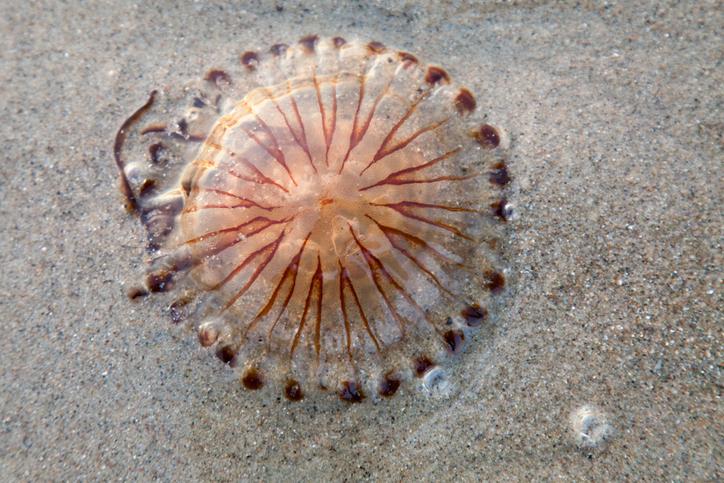 A full moon in Hawaii is stunning as it sparkles out over the ocean. But the full moon calls the dreaded box jellyfish to Hawaii’s waters. These nasty little stingers arrive eight to 12 days after a full moon, and they can pack a deadly bite.
A full moon in Hawaii is stunning as it sparkles out over the ocean. But the full moon calls the dreaded box jellyfish to Hawaii’s waters. These nasty little stingers arrive eight to 12 days after a full moon, and they can pack a deadly bite.
The box jellyfish has one of the most painful stings in the natural world, and they can put the victim into shock if there’s an allergy. If stunned, get out of the water as quickly as possible and apply vinegar to the affected area.
The Portuguese Man-o-war can also float around in the warm waters of Hawaii. After extended trade winds, these transparent jellies wash up on Hawaiian beaches. Hawaiian officials are very good at issuing advisories for these painful creatures, but you should avoid the water if you see any jellyfish washed up on the beach.
Beach: Coral Reefs
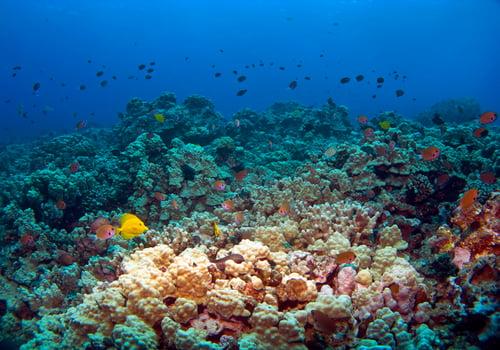 Hawaii’s nicest ocean water is protected from the not-so-friendly Pacific Ocean by coral reefs. And these colorful reefs are home to a variety of tropical fish waiting to be seen. But the coral reefs are incredibly fragile, and you can do a lot of damage to them when you’re snorkeling.
Hawaii’s nicest ocean water is protected from the not-so-friendly Pacific Ocean by coral reefs. And these colorful reefs are home to a variety of tropical fish waiting to be seen. But the coral reefs are incredibly fragile, and you can do a lot of damage to them when you’re snorkeling.
The reef can also hurt you. Touching a reef can give you a “coral cut” which is very painful, especially in saltwater, and is slow to heal. And you’ll increase your chances of getting an infection.
Infections
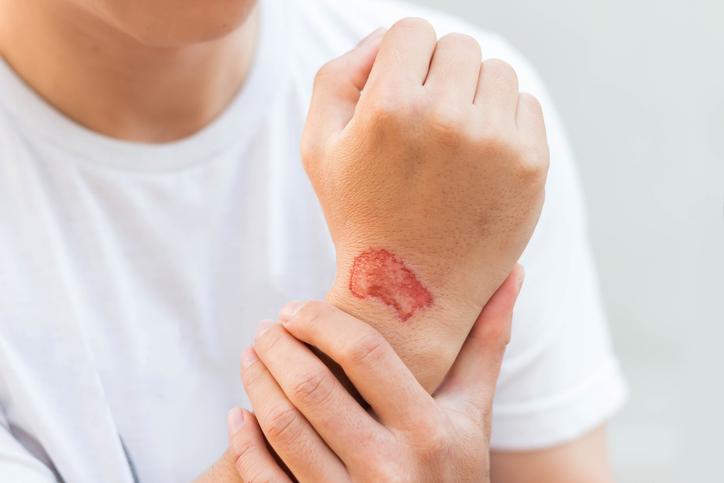 Hawaii is alive. Kauai is known as the Garden Isle, the eastern side of The Big Island is one big rainforest and the rugged northwest of Maui is covered in greenery. But this verdant life comes at a cost. You’re at an increased risk of infection.
Hawaii is alive. Kauai is known as the Garden Isle, the eastern side of The Big Island is one big rainforest and the rugged northwest of Maui is covered in greenery. But this verdant life comes at a cost. You’re at an increased risk of infection.
Apply antibacterial ointment to any cuts, and avoid the ocean water altogether if you have an open cut. Bacteria can easily get into the cut to cause a staph infection that will require a hospital visit and antibiotics
Mosquitoes
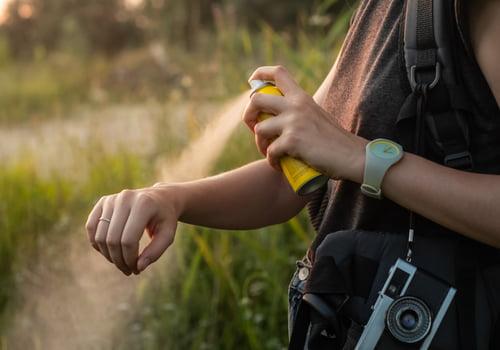 The little blood-sucking insects can be found in Hawaii’s tropical climate year-round, but the peak season is in the summer. Mosquitoes can spread disease wherever they are found on planet earth, so you should protect yourself while on your Hawaiian vacation. Wear EPA-approved insect repellent with 20 to 30% DEET to keep the suckers at bay.
The little blood-sucking insects can be found in Hawaii’s tropical climate year-round, but the peak season is in the summer. Mosquitoes can spread disease wherever they are found on planet earth, so you should protect yourself while on your Hawaiian vacation. Wear EPA-approved insect repellent with 20 to 30% DEET to keep the suckers at bay.
Driving
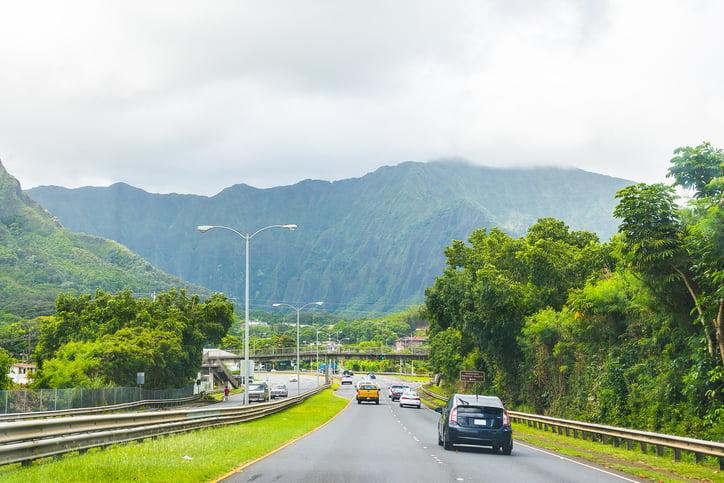 Many of Hawaii’s roads have low-speed limits, and you might be frustrated at the slow traffic. Simply put -- cars move much slower on the Hawaiian islands than they do on the mainland. But this is your opportunity to get on island time. Slow down, relax and enjoy the scenery. Otherwise, you might find yourself in an accident.
Many of Hawaii’s roads have low-speed limits, and you might be frustrated at the slow traffic. Simply put -- cars move much slower on the Hawaiian islands than they do on the mainland. But this is your opportunity to get on island time. Slow down, relax and enjoy the scenery. Otherwise, you might find yourself in an accident.
Hawaii’s dramatic landscape makes for dramatic roads. These roads can take hairpin turns along the coast and may change directions quite abruptly when driving inland. It’s all dictated by geography. The low-speed limits are designed to keep you on the road even when the road takes a drastic turn.
So, if you try to pass a slow-moving vehicle, you might find yourself going too fast to stay on the road as it turns just up ahead. Only pass slow-moving vehicles if there’s a broken line in the middle of the road, and you can see clearly down a straight road with no turns.
Centipedes
 Hawaiian officials have done a fantastic job of keeping dangerous critters off the islands. For example, you won’t find any snakes on the islands. The only creatures you have to worry about are mosquitoes and centipedes.
Hawaiian officials have done a fantastic job of keeping dangerous critters off the islands. For example, you won’t find any snakes on the islands. The only creatures you have to worry about are mosquitoes and centipedes.
The centipedes of Hawaii are much larger than the ones found on the mainland. They are also very poisonous. The creepy crawlers don’t want anything to do with you and will run off at the slightest disturbance, but you can still be bitten.
The pain of a centipede bite is infamous. They say there’s nothing that will soothe the pain. The best thing to do, according to locals, gets drunk to dull the pain which lasts for a few days. You can also expect plenty of swelling.
There are 22 different species of centipede in Hawaii plus millipedes, but the one to fear is the large centipede, otherwise known as the Vietnamese centipede. But, just to be safe, you should avoid anything that even resembles a centipede while in Hawaii.
Volcanic Rocks
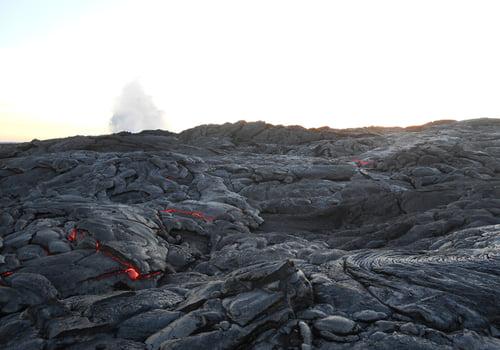 The Pacific Plate is rolling over a magma hot spot underneath the Hawaiian islands. It’s this magma that builds up pressure to spout volcanoes, and the spewing lava gives birth to new island land. You can see evidence of these eruptions in the black volcanic rocks strewn about the island.
The Pacific Plate is rolling over a magma hot spot underneath the Hawaiian islands. It’s this magma that builds up pressure to spout volcanoes, and the spewing lava gives birth to new island land. You can see evidence of these eruptions in the black volcanic rocks strewn about the island.
Many of Hawaii’s beaches have volcanic black rocks underneath the surf. These rocks can be quite sharp and painful, but you can avoid them using a good pair of water shoes.
Volcanoes
 There are six active volcanoes in Hawaii. One, Haleakala, sits on Maui. The other five are on the Big Island. But most of them have laid dormant for years. Only Kilauea on the Big Island is reliable year-round for lava viewing.
There are six active volcanoes in Hawaii. One, Haleakala, sits on Maui. The other five are on the Big Island. But most of them have laid dormant for years. Only Kilauea on the Big Island is reliable year-round for lava viewing.
The direction of the lava flows on the Big Island frequently changes direction, and Kilauea eruptions can change the entire landscape of the island. You can hike to some of these lava flows, but you’ll have to take some precautions.
You can get too close to the molten rock. This one is obvious because you’ll feel the blistering heat from yards away. But the lava doesn’t always flow on top of the ground. It often flows just underneath the surface which can be dangerous for tourists. Island officials are usually very good at cordoning off dangerous lava flows.
You’ll also have to watch out for the lava as it pours into the ocean. It creates a massive plume of steam and glass that is toxic to inhale. Don’t get too close to the plume and make sure you’re never downwind. But, again, officials are usually very good at cordoning off any dangerous areas around the once-in-a-lifetime sight.
Vog
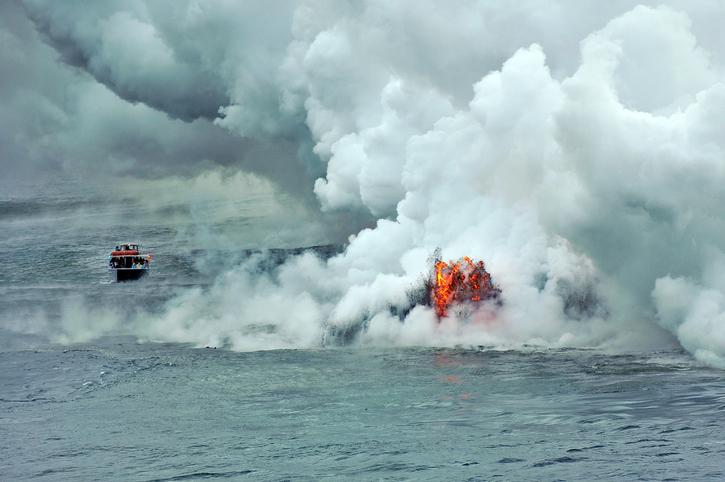 Occasionally, the volcanoes on the Big Island erupted. Technically, Haleakala on Maui is still active but it hasn’t erupted for centuries, so the only volcanoes to worry about are on The Big Island. And when a volcano erupts, it hurls volcanic fog into the air that can affect air quality on all of the Hawaiian islands. And the vog can even ground flights.
Occasionally, the volcanoes on the Big Island erupted. Technically, Haleakala on Maui is still active but it hasn’t erupted for centuries, so the only volcanoes to worry about are on The Big Island. And when a volcano erupts, it hurls volcanic fog into the air that can affect air quality on all of the Hawaiian islands. And the vog can even ground flights.
An eruption on the Big Island in May of 2018 nearly grounded flights, but air traffic hasn’t been interrupted by volcanic activity since a 2010 eruption in Iceland canceled flights across Europe for two weeks.
But it’s the vog that can cause health problems. The elderly, asthmatics and those with cardiovascular disease should avoid vog altogether. And the volcanic fog may cause lung, eye and nose irritation. It can even trigger asthma attacks, wheezing, shortness of breath, difficulty breathing and heart attacks.
Vog travels downwind, so you should be able to avoid the hazardous red cloud on any of the Hawaiian islands during an eruption. And the red hue saturates the sun which can add to the unique beauty of the islands.
Conclusion: Staying Safe in Hawaii
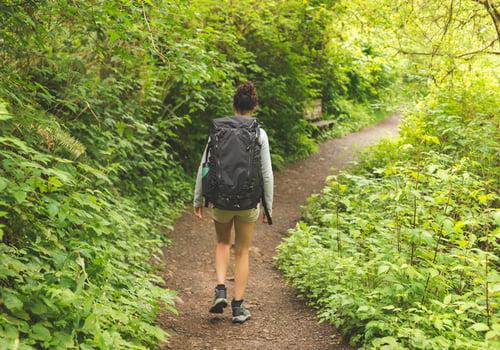 When hiking, make sure you have enough daylight, be on the lookout for slippery red dirt, stay away from cliff edges, don’t trust low-lying ferns, never rely on a rocky handhold to support your weight and always hike with a partner. Make sure to keep your wits if you get lost. Calm down, retrace your steps, look at your pictures, stay on your trail and don’t be afraid to spend the night in the wild. You’ll have plenty of daylight and a calmer mind in the morning.
When hiking, make sure you have enough daylight, be on the lookout for slippery red dirt, stay away from cliff edges, don’t trust low-lying ferns, never rely on a rocky handhold to support your weight and always hike with a partner. Make sure to keep your wits if you get lost. Calm down, retrace your steps, look at your pictures, stay on your trail and don’t be afraid to spend the night in the wild. You’ll have plenty of daylight and a calmer mind in the morning.
Don’t keep any valuables in your rental car. Consider keeping the doors unlocked or the windows rolled down when parked at a trailhead. This will show would-be petty thieves that there is nothing to steal, and they won’t break your window to snoop around.
Do not disregard sun warnings. Hawaii’s sun can scorch your skin, so stay out of the sun at its peak -- between 11:00 a.m. and 1:00 p.m. -- by getting lunch during a beach day, or by hiking into a rainforest. Apply sunscreen with at least a 30 SPF rating 15 minutes before being exposed to the sun, and re-apply every two hours, even on cloudy days.
The ocean gets murky after heavy rain. Never swim in this murky water. Always check the ocean conditions online before heading down to the beach, and ask the on-duty lifeguard where and when it is safe to swim. Don’t touch coral reefs, and enjoy sea turtles and monk seals from a distance. A good pair of water shoes can help you avoid Hawaii’s sharp volcanic rock.
Pack government-approved insect repellent with at least 20% DEET to ward off Hawaiian mosquitoes, and stay away from any bug that resembles a millipede or centipede. These are the only dangerous land critters in Hawaii.
Don’t overexert yourself in vog. The volcanic fog can irritate the nose, mouth, eyes, and throat, and it can even cause respiratory ailments and heart attacks. Try to avoid thick vog by heading upwind from a volcanic eruption, and stay out of the vog if you are elderly or have a cardiovascular condition.
These are all pretty common-sense tips yet tourists still put themselves in danger on a weekly basis, so heed these warnings thoughtfully. And, if you’re not accustomed to swimming in the ocean, take it slow. Its currents are sneaky and more powerful than you can imagine until you’re caught up. And never turn your back to the ocean.
These tips are meant for peace of mind. You’ll be able to relax knowing how to identify all the pitfalls that the Hawaiian islands may throw at you. Study these tips to have a safe, relaxing and unforgettable Hawaiian vacation.